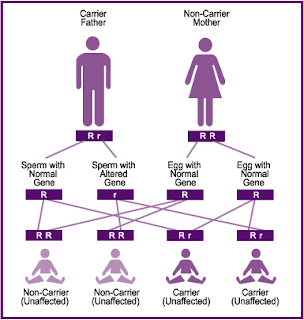

Here, we explore how the behavioral traits that define social dominance in the male cichlid fish A. Disentangling this relationship contributes to our understanding of the development, evolution, and expression of behavioral traits and their interactions in social contexts ( 15), as well as the adaptive significance of dominance ( 16, 17) and social influence generally ( 18).
#DOMINANT TRAITS LIST SERIES#
In this series of experiments, we examine the relationship between social dominance and social influence as a function of the behavioral and social attributes of dominant and subordinate individuals of the cichlid fish Astatotilapia burtoni. The social connections that define dominance may not be the same that define influence, and the relationship between social dominance and social influence may vary across contexts.

Making predictions about the relationship between social dominance and social influence is therefore not straightforward. This may occur because the bulk of interactions with dominant individuals are aggressive, such that physical repulsion by dominant individuals leads to a reduction in group cohesion ( 13, 14), or because dominant individuals themselves may constitute a socially aversive stimulus ( 12) and the valence of interactions with dominants is generally negative. However, the opposite relationship is also plausible: that the traits associated with dominance may reduce influence in tasks requiring coordination or consensus formation because they are socially aversive. Dominance and influence may also be correlated where the higher aggression of dominant individuals increases their ability to control access to resources ( 5– 9). 1) because dominant individuals are more effective conduits of social fear ( 11) or because the motivational salience of informational cues is positively influenced by the perceived dominance of the performer ( 12). This link may be present for many reasons: for example, due to dominant individuals having a high number of affiliative social bonds, making them more influential in group movement decisions (e.g., ref. In many animal groups, this relationship holds true, and socially dominant individuals have the greatest influence on group behavior ( 7). These behavioral attributes may also mediate social influence, so much so that the two social traits, social dominance (an individual’s social rank or position in a hierarchy) and social influence (the likelihood of effecting a behavioral change in other group members), have been considered equivalent ( 10). Socially dominant individuals commonly display behavioral traits like aggression, physical exclusion, and coercion, and these traits may define socially dominant individuals ( 5– 9). In animals, this effect has been studied in contexts ranging from consensus formation ( 1) to group membership ( 2, 3) and movement decisions ( 4). The influence that individuals have in social groups depends on their social relationships and dominance hierarchies within groups. Thus, processes of hierarchical ascension in which the most aggressive, competitive, or coercive individuals rise to positions of dominance may be counterproductive in contexts where group performance is prioritized. The behavioral traits that define effective social influence are thus highly context specific and can be dissociated with social dominance. In contrast, subordinate males are physically close to other group members, have a high signal-to-noise ratio of informative behavior, and equivalent visual connectedness to their group as dominant males. Dominant males are spatially distant and have lower signal-to-noise ratios of informative behavior in the association task, potentially interfering with their ability to generate group consensus.

However, subordinate males have the greatest influence in generating group consensus during the association task. We find that phenotypically dominant males are aggressive, socially central, and that these males have a strong influence over normal group movement, whereas subordinate males are passive, socially peripheral, and have little influence over normal movement. Here, we examine this association between dominance and influence using the cichlid fish Astatotilapia burtoni, comparing the influence of dominant and subordinate males during normal social interactions and in a more complex group consensus association task. The traits that make dominant individuals influential in one context may therefore reduce their influence in other contexts. Yet, behavioral traits like aggression, intimidation, and coercion, which are associated with and in many cases define dominance, can be socially aversive. Dominant individuals are often most influential in their social groups, affecting movement, opinion, and performance across species and contexts.


 0 kommentar(er)
0 kommentar(er)
